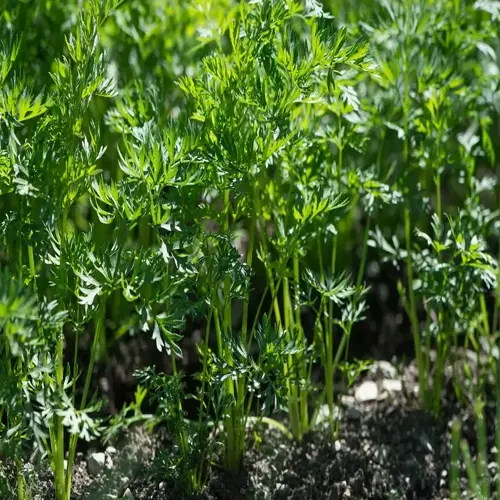Can I plant perennials during October?

Written by
Michael Sullivan
Reviewed by
Prof. Samuel Fitzgerald, Ph.D.In many places, October planting is a chance of a lifetime for any gardener. The cool temperatures and moist soils allow roots to establish themselves. With some simple prep work, you'll be able to add perennials to your garden this month with great success. I planted hundreds of specimens in October and have never had better results.
Site Preparation
- Test soil moisture: Should be damp but not waterlogged
- Amend with compost to improve drainage before planting
- Clear area of fallen leaves that might smother new plants
Winter Protection
- Apply 4-6 inches of mulch after ground freezes
- Use straw or shredded leaves instead of heavy wood chips
- Install wind barriers for exposed locations
Select cold-tolerant varieties suited to your region. Peonies develop a more robust root system in cooler soils because they can better withstand the fall growing season. Iris rhizomes establish quickly before winter dormancy sets in. They actually prefer fall-time planting. My peonies planted in October consistently do better than those planted in the spring.
Be sure to monitor frost forecasts closely. Plant at least six weeks in advance of the predicted first freeze date. This will help the roots get established. In zones 5-6, plant in early to mid-October; southern gardeners can continue planting well into late October. I also keep a frost alert app on my phone this time of year.
Unless we have rain, water new transplants well once weekly. The cooler temperatures in October help with evaporation. Do not water frequently with small amounts of water, as this encourages the growth of shallow roots rather than deep roots. Each time, soak the soil to a depth of eight inches. This will help plants survive winter conditions better.
Apply winter mulchwisely, after the first hard freeze, to get rid of potential mouse nests. Avoid heavy materials like leaves or high-carbon materials like shredded bark; mulch materials should be relatively light and won't compact, like straw. Mulch always goes around, but not on, the plant crowns. This insulation will protect roots from freeze-thaw cycles.
Refrain from fertilizing perennials you have planted in the fall. Nutrients promote tender growth that may not withstand frost. The goal is to establish good root development. Your patience is rewarded with robust growth in spring. Plants established in October create gardens that emerge beautifully after having gone dormant for the winter.
Read the full article: When to Plant Perennials: Expert Guide

